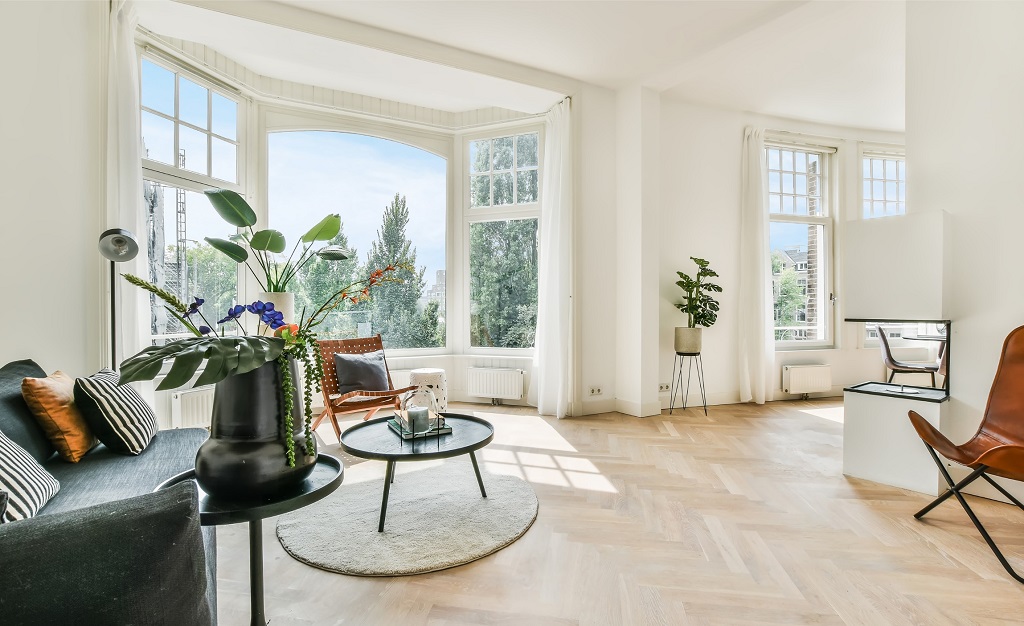With so many technology products and features available to homeowners today, keeping your home up-to-date and “on trend” can be overwhelming. This is especially true if you are renovating an older home, which can come with several distractions and disadvantages, such as an older infrastructure, creaky floors, outdated appliances, limited privacy and security, quirky features, and the fear of many “unknowns”.
While there are many ways to improve the functionality and usefulness of any home, knowing where to start and how to prioritize your projects are the crucial first steps. Choosing the right order of projects will also help reduce stress, as you will have a timeline that can be more easily managed and budgeted over a longer time horizon.
To begin the process of updating an older, “outdated” or “awkwardly designed” home, it is always critical to prioritize renovations and desired “end-results” that are most important to you and your family. When eyeing key upgrades to your home, you need to understand upfront if there are any preliminary, related repairs or updates that need to happen before proceeding.
Here are several tips that will help you take a constructive approach to getting your home up-to-date and on-trend.
7 Tips on How to Make Your Home Up-to-Date & On-Trend
- First Things First: Get to Know Your House
- “Good Bones” Are Always “On-Trend”
- Prioritize & Secure Your Wi-Fi Network
- Dedicate Space for a Separate Home Office
- Control Your Home Remotely
- Add Energy Efficient Products Incrementally
- Always Budget & Research Financing Options
Also see:
- New Technologies to Restore Time-Ravaged Older & Historic Homes
- 20 Best “How-To” YouTube Videos for Home Maintenance
- How to Design a Low-Maintenance Garden in 5 Simple Steps
- More Recommended Home Improvement Reading
- Related Topics: Home Renovations | Home Maintenance | Energy Efficiency | Home Wellness
1. First Things First: Get to Know Your House
Before jumping into a laundry list of many possible home improvement projects, we recommended taking a step back to make sure that you fully understand the current state of your home.
A sound practice to follow is a top-down approach to home repairs. A hypothetical situation that perfectly illustrates this method is postponing any renovation work in a room that resides underneath a leaky roof, until the roof is adequately repaired.
The top-down approach also emphasizes first focusing on the “bones” of your home (e.g. roof, foundation, framing, and exterior envelope), before pursuing any cosmetic upgrades.
Another important tip related to “getting to know your house” is to take advantage of opportunities to inspect and learn when you open up areas of your home (e.g. floorboards, drywall, ceilings, etc.). Taking photos and measurements, getting inspections, and so forth, of your home’s “underbelly” are invaluable opportunities to assess the infrastructure of your home and identify any requisite repairs.
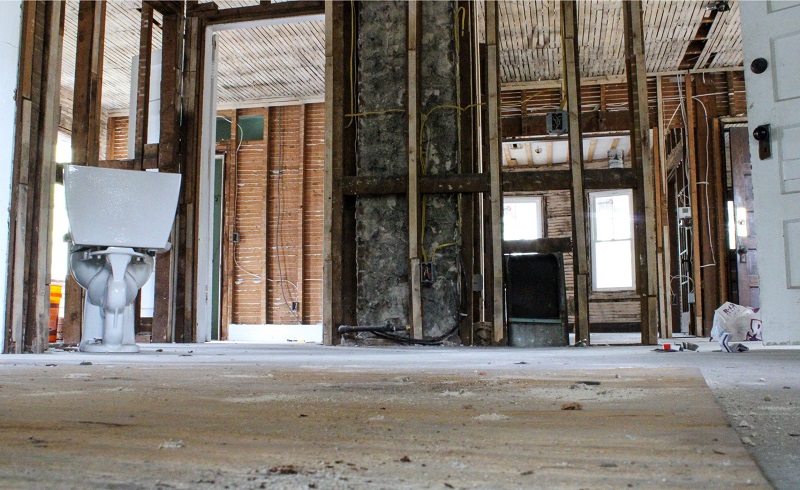
In the realm of homeownership, taking photos and inspecting opened areas are the equivalent of “when life gives you lemons, make lemonade”, when performed diligently.
If you do not have architectural drafting documents of your home’s layout, we strongly recommend hiring a professional draftsperson to create “As-Built Drawings” before taking on any major renovations or remodels. Being able to visualize the layout of all areas of your home with accurate measurements is invaluable. These drawings can then be used to create various alterations to a given space, as part of an iterative design phase.
Also see:
2. “Good Bones” Are Always “On-Trend”
We hold the belief that having “good bones” and healthy infrastructure are the best “on-trend” traits any home can have, during any era!
…having “good bones” and healthy infrastructure are the best “on-trend” traits any home can have, during any era!
Though improving the infrastructure of your home may not be as fun and exciting as, say, converting a den into a state-of-the-art home theater, it is essential for being a happy and contented homeowner. Anytime you upgrade your “bones”, the lifespan of your home will be extended, while dramatically reducing the chances of encountering any unforeseen setbacks.
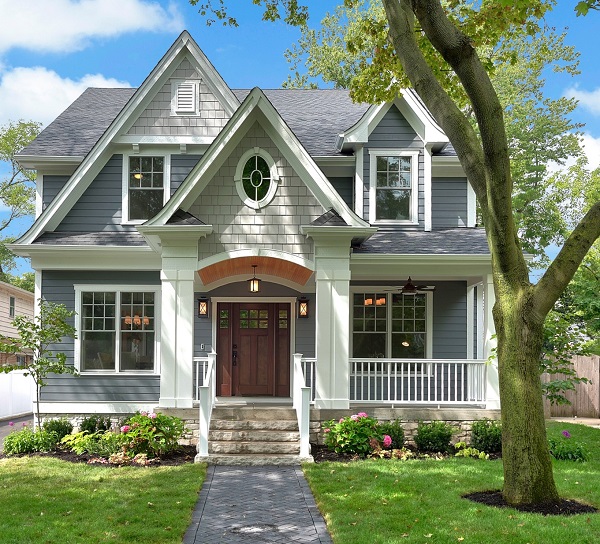
When weighing upgrade or repair options, be sure to consider a proposal from at least one “innovator” contractor – a professional who leverages newer technologies, materials or methods in their trade.
Examples of innovative home technologies and methods that can shore up a home’s infrastructure include:
- Non-Invasive Methods of Repairing Your Home Sewer Lines
- Solar Shingles that Integrate Roofing with Solar Energy Under a Single Warranty
- Floor Restorations, including Passive Refinishing
- Various Technologies Used to Rectify Older & Historic Homes
Also see:
3. Prioritize & Secure Your Wi-Fi Network
A Wi-Fi network, the underlying technology that facilitates the backbone of a smart home, is the latest addition to an “up-to-date” home’s infrastructure.
Before incorporating a litany of “smart” products in your home, we strongly recommend making sure that you have a strong and capable Wi-Fi network in place.
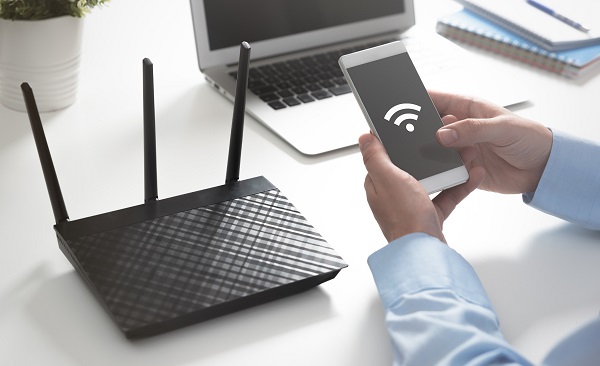
With a more secure network and improved bandwidth in place, you can then add the latest generation of products, such as home security cameras, smart locks and other safety items to your home with confidence and assurance of having long-term compatibility.
An improved Wi-Fi network will also allow you to invest in newer, energy efficient technology products that can get your home on par with the performance of other homes in your immediate market. This is especially important for resale value, as buyers want turn-key homes that are technologically capable of incorporating new products they may wish to add.
To improve the network in your home, you will want to consider a strong Wi-Fi router, mesh router, or a signal booster to extend how far the Wi-Fi will reach within your home. Having a safe and secure network will also help to avoid anyone hacking your system or attempting to hijack your Wi-Fi for their personal use.
Also see:
4. Dedicate Space for a Separate Home Office
Over the past few years, the role of the Wi-Fi network has been further expanded to serve as a professional grade Work-From-Home “always-on”, Internet connection. With the recent shift to working from home, creating a home office has also become common for many homeowners. While defining your own space to work, there are a few factors you’ll want to consider in order to make it a perfect workspace – privacy, Wi-Fi signal, and noise level.
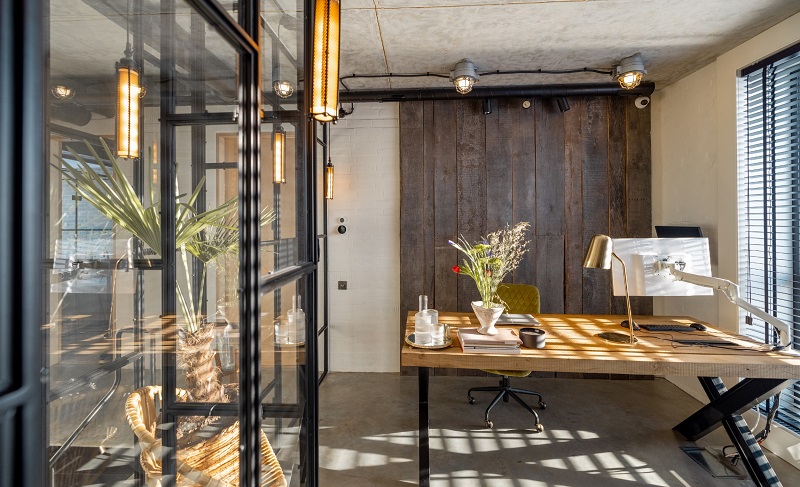
When it comes to privacy, it is crucial to find a space within your home that is secluded from heavy traffic or in a separate room where you can close the door. Having your own office in your home will allow you to complete your work on time, attend all meetings without any distractions, and help to separate your work life from your home life.
While designing your office space, craft a space that is a little different than the rest of your home. You might want to invest in a nice desk, desk chair, and decorations to make the space your own and somewhere you look forward to going to every day.
When working in a home office, it’s important that you try to avoid any downtime or network interruptions while working. So, having a strong Wi-Fi network will benefit you immensely.
Lastly, if you find yourself constantly in meetings or on work calls, consider soundproofing your walls to avoid any distractions. While we all aim to work in a quiet space, it can be difficult for everyone in a household to remain quiet at all times. So soundproofing your home office, or even your entire home, can improve your work ethic and focus. Especially if you work from home and have a family member or a spouse who also works from home, avoiding any extra noise will help everyone.
Also see:
5. Control Your Home Remotely
Today’s homes are expected to be controlled remotely, at the touch of your fingertips, literally. Whether you are building a new house or renovating your existing home, making the choice to turn it into a smart home is a sound decision, which will benefit you today and years down the line.
Not only will smart features increase the value of your house, but they will keep your home functioning to current standards. Though some homeowners have been reluctant to do so, incorporating remote access to your home’s systems and appliances can allow you to have peace of mind, especially while you are not home for extended periods of time.
Remote access technology can help homeowners monitor safety issues, such as electrical activity, pipe leaks, CO2 emissions, and a myriad of other problems that can be detected and proactively reported with the use of a smart phone or tablet.
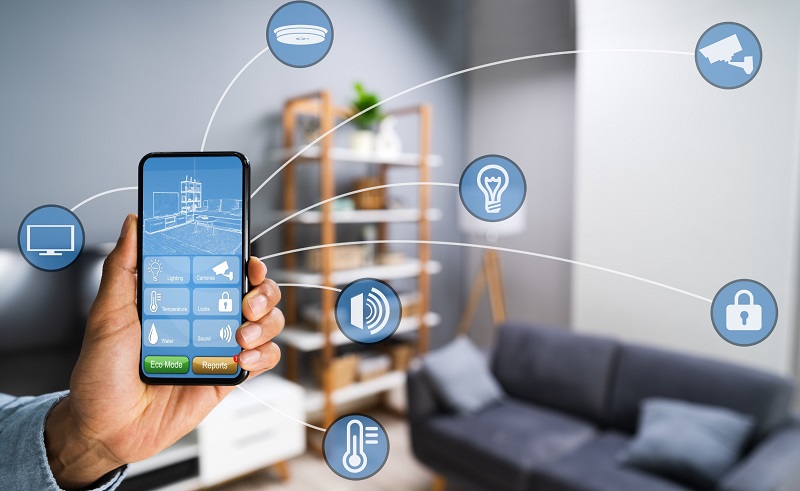
Another great feature of being able to control your home from your phone is syncing up to your home’s security system. Investing in a security system like Safe Wise, Ring, or Nest, can allow you to check on your home while you are away, or get notified if there is any suspicious activity taking place inside and around your property.
Wi-Fi enabled systems also allow you to control what takes place inside your home, if you choose to set up cameras as well, to improve your protection and dispatch the necessary services such as police, fire department or other emergency services. This kind of access to your home from your phone will improve your protection tremendously.
Along with investing in a security system, you may also consider investing in smart locks for your home. With smart locks, you won’t have to worry about carrying a key around or hiding a key in the yard for someone to find when you are away. Smart locks allow you to control who enters your home with the use of a security code that can be changed if compromised.
In addition to security, you can also manage your home’s energy efficiency through your phone. For example, you may want to warm up your home before getting home on a late, winter night, or turn off AC when you know the house will be empty for a period of time. Luckily with smart home technology, you can adjust a thermostat and light fixtures from your phone to give the appearance that someone is home to dissuade burglars.
For added synchronization you can purchase an Amazon Alexa to help set reminders or alarms or even use a smart smoke detector to alert you on your devices should there be an emergency while you’re away. All of these functions can be controlled from your phone and can help to keep your home safe and on trend with the latest smart features.
Also see:
6. Add Energy Efficient Products Incrementally
Another way to improve your home is by including energy-efficient products. Energy-efficient and sustainable homes are becoming much more common, which makes it easier for consumers to incorporate these sustainable systems into their own spaces.
The road to energy efficiency can include a minor change like smart lighting or something major like investing in solar panels. Either way, taking a step to making your home more energy efficient will benefit your home and improve its energy usage and subsequent value.
If you choose to start small with energy efficiency, keep in mind that even just adding smart lighting to your home has many benefits. It lowers energy use and your energy bill. The lights can be controlled via your phone, the light bulbs themselves have a longer life span and most importantly, are more sustainable.
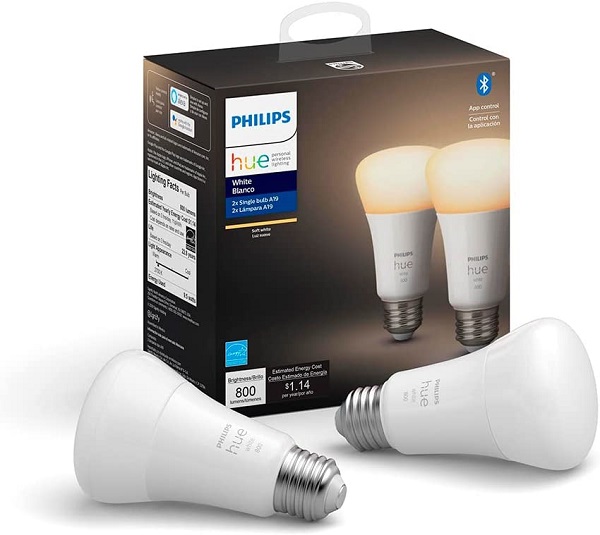
Smart lighting can improve the security of your home, as well. With the option of controlling the lighting from your home, you can put your mind at ease while you are away. All from your phone, you can double-check to make sure all lights are off, or you can turn on certain lights at night.
Aside from something as simple and effective as adding smart lights to your home, we also know that there is an opportunity to take a huge step into sustainability through the use of solar panels. A great way to keep your home modern and up-to-date is by researching and investing in solar panels. Taking the time to thoroughly consider this big step is important, but it also can bring great value to your home. Solar panels can improve your home’s energy efficiency, lower your electrical bills, and lower your carbon footprint.
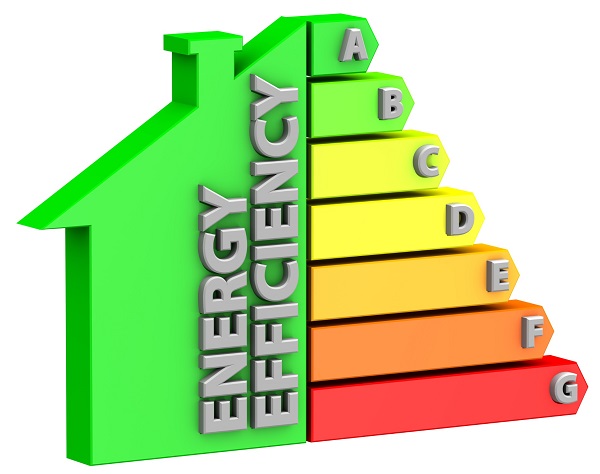
Also see:
7. Always Budget & Research Financing Options
A common thought from many homeowners when adding updates to their home is “how much is it going to cost?” That’s such a normal reaction, so it shouldn’t be one that scares you away from going forward with a given project. Once you have an idea of what updates you want to make to keep your home up-to-date with current times, start creating a budget.

While setting your budget, take into consideration the different ways you could pay for the updates you want to make to your home. If you’re looking to make small updates over a longer period of time, you may be able to pay incrementally with your savings, or a portion of your monthly paycheck. But if you’d prefer to get the bulk of your updates done at once you’re likely looking at a costly bill. In this case, particularly if you’ve lived in your current home for quite some time, you may be eligible for a home equity loan.
On the other hand, if you have only lived in your home for a few years, you could consider taking out a personal loan which can be used towards anything. Either option provides you with a lump sum to pay for your projects in full at one time.
Taking steps to make your home more sustainable and energy efficient will help to keep your home in the best shape possible and increase the value of your home. An up-to-date home can be an expense at first, but the outcome is worth it. Creating a safe and secure home should be your top priority, and taking these tips and putting them to use will help you improve the quality and value of your home!
Recommended Reading
- How to Plan & Manage a Renovation Successfully
- How to Choose a Qualified & Trustworthy Contractor
- How to Hire a Handyman Safely, Wisely & Virtually
- Unforeseen Circumstances: Planning for Post-Demolition Surprises
- 8 Wellness Design Tips for Your Kitchen & Bath
- Home Renovation Contracts: Costly Mistakes to Avoid
- Home Inspection Technologies to Alleviate Your Purchase Anxiety
- Need Renovation Inspiration? Try These Innovative Design Resources!
- When to Get a Home Warranty & Alternatives to Seek When Not
| Purgula is reader-supported. When you click on links to other sites from our website, we may earn affiliate commissions, at no cost to you. If you find our content to be helpful, this is an easy way for you to support our mission. Thanks! Learn more. |

